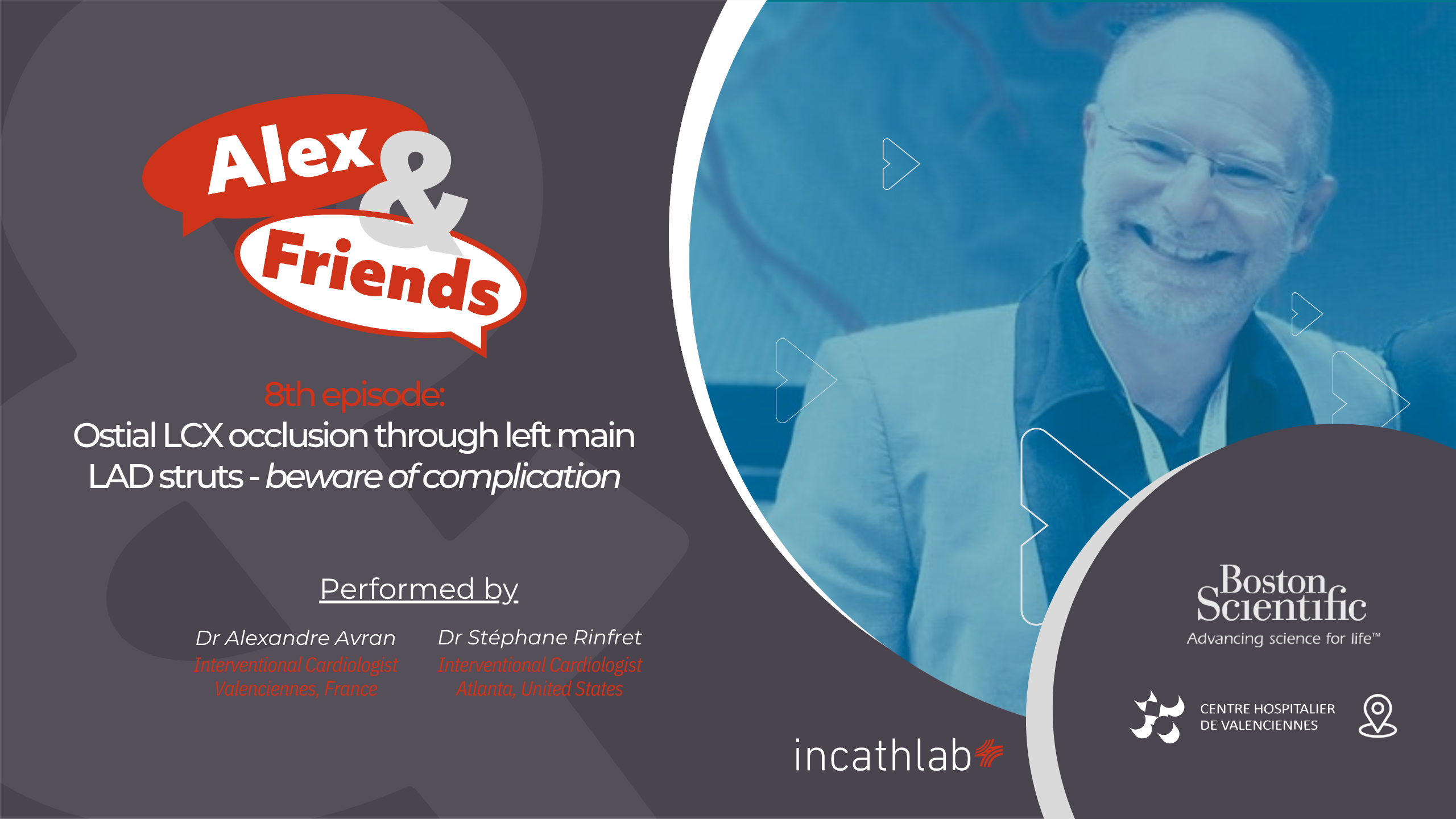
Devenez membre d'Incathlab et bénéficiez d'un accès complet !
Inscription Connexion
The well-known team of Cardiovasculaire Paris Sud Institute will present during this first 2 hours live course their technics, tips and tricks .
How to recanalize complex coronary Chronic Total Occlusion ?
| 17h00 - 17h05 | Web-Symposium introduction |
| 17h05 - 17h45 | CTO Anterograde Approach from A to Z |
| 17h45 - 18h30 | CTO Recorded Cases |
| 18h30 - 19h00 |
Final Discussion & Debating Workshop Answer to internet questions & Chat |
CTO Live Case and Pre-Recorded Cases
Case 1: Mid LAD CTO lesion
62 years-old male
Risk factors: No risk factor
Clinical presentation: Stable Angina (CCS class II)
Biological data: Creatinine 97 μmol/L (Clearance 103 mL/min)

Case 2: Mid RCA CTO lesion
59 years-old male
Risk factors: Hypertension, Hyperlipidemia, Familial history
Clinical presentation: Stable Angina (CCS class II)
Biological data: Creatinine clearance 77 mL/min

Case 3: Mid RCA CTO lesion
59 years-old male
Risk factors: Hyperlipidemia, ex-smoker
Clinical presentation: Stable Angina (CCS class II)
Past clinical history: CBAG SV-LAD in 1984
Biological data: Creatinine clearance xxx mL/min

Learning Objectives
After the completion of this first CTO live course and the vision of the associated registered live cases
Target audience
Interventional cardiologists seeking to acquire or improve or learn more about technics and indications of CTO recanalization.

Dernière mise à jour : 09/06/2021









Naga ganesh K. K